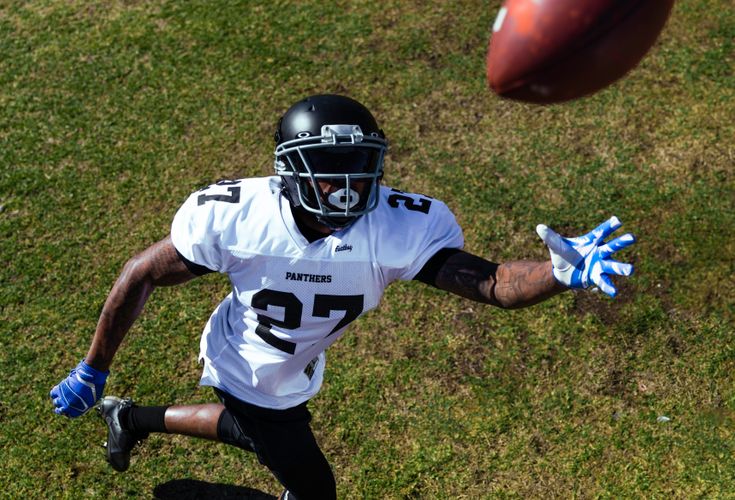As the leaves change and temperatures drop, it can only mean one thing: football season is here! For many student-athletes, playing under those Friday night lights is a highlight of their high school experience. But what about the impact that this sport has on their hands?
With advances in technology and design, football gloves have become an essential part of any player’s equipment. In this blog post, we’ll dive into how these gloves change the game for student-athletes on and off the field.
Role in Student Athletics
Most football gloves on the market are designed to protect the player’s hands from the cold and to improve grip. However, a growing trend of football gloves offers additional protection, such as padding on the back of the hand or fingers. These gloves are becoming increasingly popular among student-athletes because they offer extra protection against injuries.
In addition to protecting the hands, football gloves can also improve grip. This is especially important for students who play on artificial turf, which can be slippery. Gloves with padding on the palms can help students maintain a better grip on the ball, reducing the risk of fumbles and turnovers.
Best football gloves can also help student-athletes stay cool during hot games. Many gloves have ventilation holes or mesh panels to allow air to circulate the hands. This can help prevent sweaty palms, making it difficult to grip the ball.
Analyzing the Pros and Cons of Football Gloves
As the popularity of football has grown, so has the use of gloves by players. Gloves are designed to protect hands and improve grip and can be made from various materials. While gloves can benefit players, there are also some potential drawbacks.
One benefit of football gloves is that they can help protect players’ hands from injury. Gloves can provide the following:
- Padding and support for the hands.
- Reducing the risk of cuts.
- Scrapes.
- Broken bones.
In addition, gloves can help to keep hands warm in cold weather conditions.
However, there are also some disadvantages to wearing football gloves. For example, gloves can make it difficult for players to catch the ball if they are not used to wearing them. In addition, gloves can add extra weight to players’ hands, which could impact their performance. Some players may sweat more when wearing gloves, which could lead to discomfort during games or practice.
Examining the Impact of Football Gloves on Student Athletes
The use of gloves in football is a relatively new phenomenon. In the past, most players relied on tape and other methods to keep their hands warm and dry during games.
However, gloves have become more widespread over the past few years, particularly among quarterbacks and wide receivers. While some believe gloves can improve grip and help prevent injuries, others argue they provide an unfair advantage.
Protection of Players
There is no question that gloves can help protect players’ hands from the cold and wet weather conditions often associated with football games. In addition, gloves can also help improve grip on the ball, which can be important for quarterbacks and wide receivers that need to make quick catches.
Unfair Advantage
However, some believe gloves give players an unfair advantage, as they can help players grip the ball better than they would without them.
Whether or not gloves provide an unfair advantage is still up for debate. However, there is no doubt that they can be beneficial for student-athletes.
Gloves can help protect their hands from the cold and wet weather often associated with football games. In addition, gloves can also help improve grip on the ball, which can be important for quarterbacks and wide receivers who need to make quick catches.
Investigating Different Types of Football Gloves
Football has many different types of gloves available for players to choose from. While some players may prefer one type of glove over another, it is essential to investigate the different types of gloves available to find the best fit for your needs.
One type of football glove is the receiver glove. Receiver gloves are designed to help grip the football, and they usually have a sticky material on the palm that helps with catching. Many receivers prefer to wear receiver gloves because they feel it gives them an advantage when catching the ball.
Lineman gloves
Another type of football glove is the lineman glove. Lineman gloves protect the hands from getting injured while blocking or tackling. They typically have padding on the back of the hand and fingers, and some also have a gel layer that helps absorb impact. Many linemen prefer lineman gloves because they offer more protection than other gloves.
Quarterback gloves
Quarterback gloves are also designed to help grip the ball and improve throwing accuracy. Quarterback gloves typically have a leather palm and fingers that help with grip, and they may also have padding on the back of the hand for added comfort. Some quarterbacks prefer quarterback gloves because they feel it gives them a better grip on the ball and makes them more accurate when throwing.





